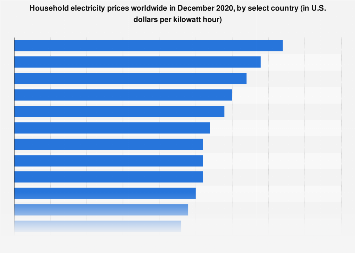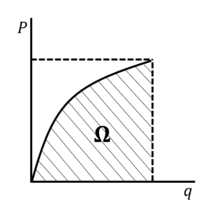Insightful Energy Plans improvements can make positive macroeconomic impacts, supporting monetary activity and now and again provoking extended work. Energy viability diminishes how much energy is expected to convey to organizations, similar to adaptability, lighting, warming, and cooling. Cutting down the cost of energy organizations opens up resources for families, associations, and assemblies. Macroeconomic assessment is a standard piece of monetary assessment that has fostered a tremendous assortment of data and evidence over various years; in any case, the impact of energy efficiency plans on macroeconomic execution really ought to be better seen and effectively assessed. Energy efficiency redesigns can convey benefits across the whole economy, with quick and winding consequences for monetary development (assessed through all-out public result [GDP]), business, trade changes, and energy costs. The standard association between energy and monetary advancement addresses a test to assess efficiency gains

In 2017, the European Commission exhibited four one-of-a-kind circumstances that assess extended concentrations for the EU’s 2030 energy efficiency target. The examination assesses the impacts of updates in energy efficiency at various levels of goal by 2030 appeared differently from the 2007 norm. To the extent that Gross homegrown item influence, each circumstance exhibited achieved a positive change, going from 0.1% development in Gross homegrown item at all forceful circumstance, up to 2.0% addition experiencing the same thing of extended energy efficiency.
Energy capability’s normal constructive outcome on Gross homegrown item
Energy efficiency can induce work creation. Another report reviewing the impact of the EU’s Ecodesign Order projects that the efficiency estimates made as a component of the command will provoke 0.8 million surprising situations by 2020.2 in addition, the energy organizations market gives a further wellspring of business. Energy organization associations (ESCOs) that are contracted to give energy capability benefits to clients on a procedure with reason and energy utilities that are resolved to convey energy efficiency by methodology makers are the two rule players nearby, which employes more than 1 million people from one side of the planet to the other.
Be that as it may, the worth of this request decrease is muddled to compute because of it being a component of the sum, timing, and area of the investment funds, as well as the utility framework’s physical and functional attributes, for example, the planning of pinnacle interest, load variable, and save edge. Due to this trouble in computation, energy proficiency is frequently ignored and underestimated for these reasons as framework dependability benefits are challenging to comprehend and by and large excluded from cost-adequacy tests.
Con Edison of New York, through the NY REV Initiative, has been a trailblazer in using non-wires options. Their leader exertion, the Brooklyn-Queens Demand Management Program (BQDM), tried to stay away from a $1.2 billion substation redesign through decreases in top interest and has been fruitful in accomplishing their 52 MW top burden decrease objective in the long time since it was declared. As of August 2017, Con Ed determined that the program has saved the utility $748 million at an expense of $653 million – for a net increase of $95 million notwithstanding the wide range of various advantages given by a more streamlined and dependable network, as well as the energy cost investment funds and discharges decreases.
A further illustration of the dependability benefits given by energy proficiency can be found in California’s 2001 energy emergency. In a report, ACEEE observed that energy effectiveness assumed a basic part in keeping up with the expected save edges to forestall framework-wide blackouts, which would devastatingly affect California’s economy.

